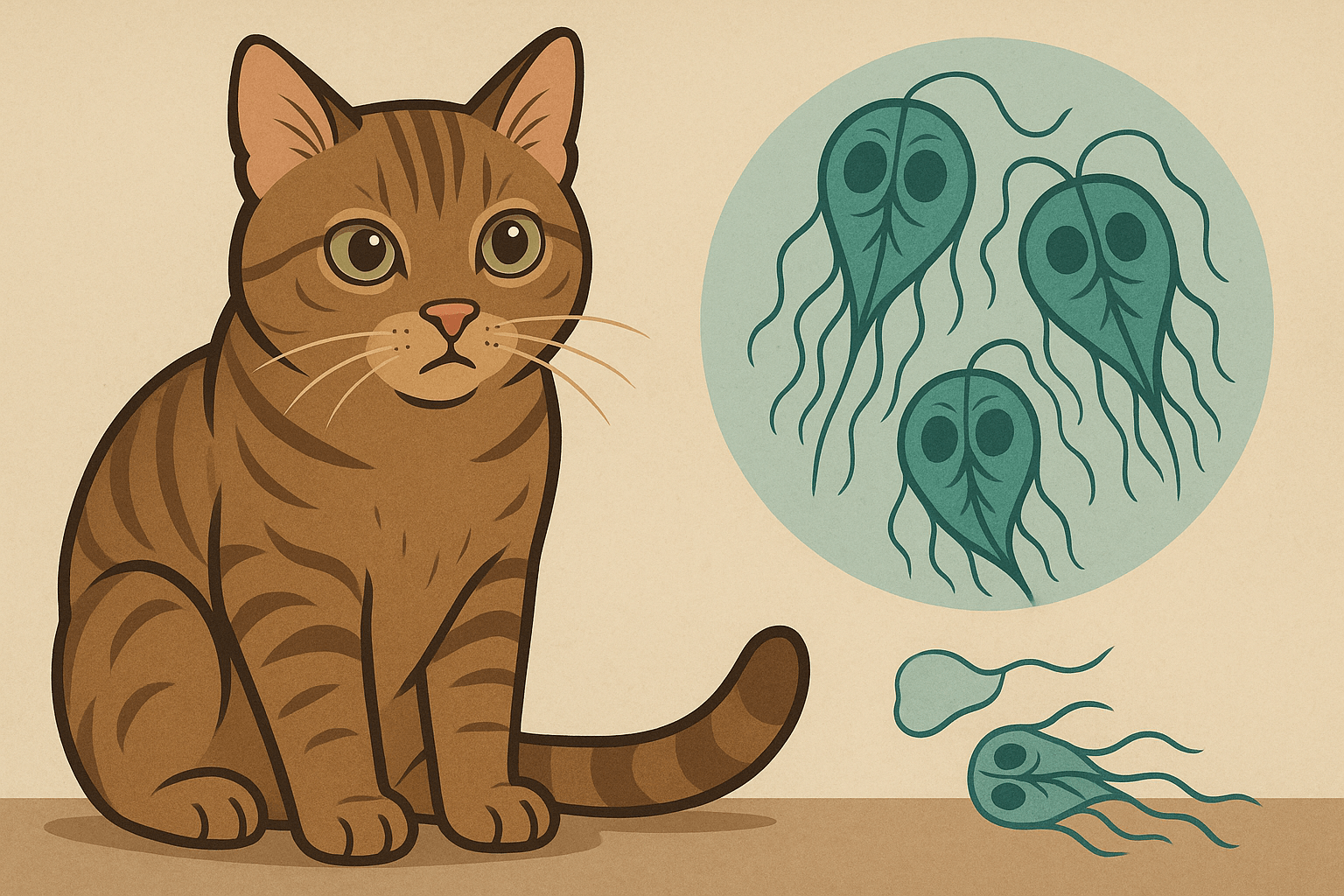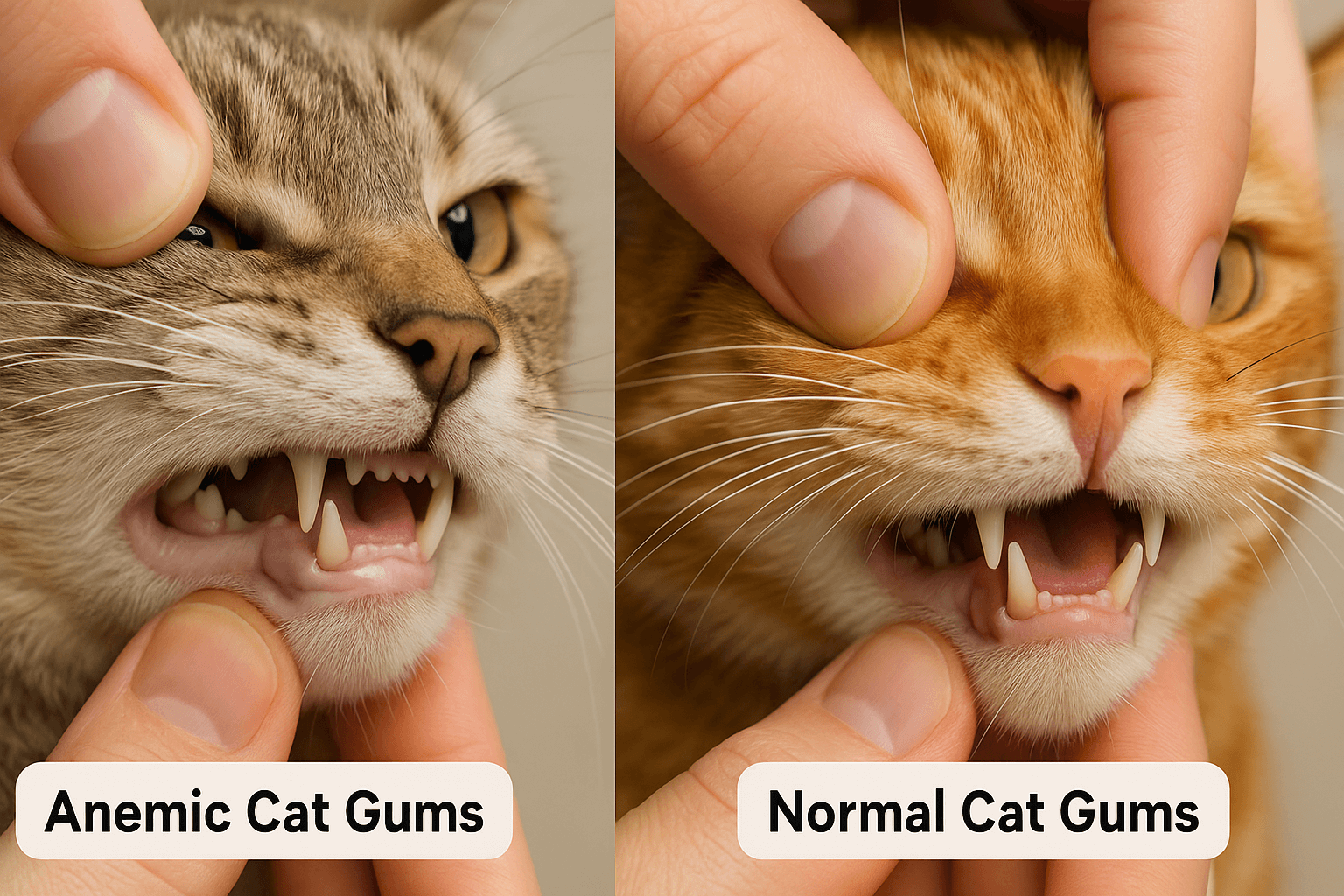Himalayan Cat Size: What You Need to Know
The Himalayan cat, with its striking blue eyes, luxurious coat, and affectionate personality, is a breed that captures hearts worldwide. Often described as a cross between the Persian and Siamese breeds, these cats are known for their elegant appearance and gentle demeanor. One of the most common questions potential owners ask is about the Himalayan cat’s size. How big do they grow? What factors influence their growth? Understanding the size of this beloved breed can help you provide the best care and ensure a harmonious home environment. Let’s dive into everything you need to know about Himalayan cat size and how it impacts their overall well-being.
Average Size of a Himalayan Cat
The Himalayan cat is considered a medium to large-sized breed, with a sturdy and muscular build that gives them a regal appearance. Here’s a breakdown of what to expect when it comes to their size.
Height:
Himalayans typically stand about 8 to 10 inches tall at the shoulder, making them slightly taller than some other short-legged breeds.Length:
From nose to tail, these cats measure approximately 16 to 18 inches in body length, excluding their long, fluffy tails.Weight Range:
Adult Himalayan cats generally weigh between 7 to 12 pounds, with males often being larger than females.Growth Timeline:
Himalayans reach their full size by around 18 to 24 months of age, though some may take up to three years to fully mature.Body Structure:
Their stocky frame and broad chest give them a robust appearance, while their short legs contribute to their balanced proportions.
Understanding these dimensions helps prospective owners prepare for the space and care requirements of this beautiful breed.

Factors That Influence Himalayan Cat Size
Several factors play a role in determining the size of a Himalayan cat. While genetics are the primary influence, other elements also come into play.
Genetics:
The size of a Himalayan cat is largely determined by the traits inherited from its Persian and Siamese lineage.Gender Differences:
Male Himalayans tend to be larger and heavier than females, often weighing 2 to 3 pounds more on average.Nutrition:
A balanced diet rich in protein, vitamins, and minerals supports healthy growth and development during kittenhood.Health Conditions:
Underlying health issues, such as obesity or malnutrition, can impact a cat’s size and overall well-being.Exercise Levels:
Regular play and physical activity help maintain a healthy weight and prevent excessive bulkiness.
By paying attention to these factors, you can ensure your Himalayan grows into a happy and healthy adult.
Check this guide 👉Himalayan Siamese Cat: Best 7 Expert Tips!
Check this guide 👉Himalayan Tuxedo Cat: Best 7 Expert Tips!
Check this guide 👉Himalayan Cat Health Issues: Best 7 Expert Tips!
Himalayan Cat Size Characteristics | Care Tips for Optimal Growth |
|---|---|
Height: 8-10 inches | Provide a nutrient-rich diet |
Length: 16-18 inches | Schedule regular vet check-ups |
Weight: 7-12 pounds | Encourage daily play and exercise |
Growth Timeline: 18-24 months | Monitor for signs of obesity |
Stocky, muscular build | Groom regularly to maintain coat health |
How to Measure Your Himalayan Cat’s Size
Measuring your Himalayan cat’s size is a simple process that helps you track their growth and ensure they’re developing properly. Follow these steps for accurate results.
Use a Measuring Tape for Height:
Place the tape vertically from the floor to the top of their shoulders to determine their height.Measure Body Length:
Stretch the tape from the base of their neck to the base of their tail to gauge their body length.Weigh Your Cat Regularly:
Use a pet scale or a bathroom scale to monitor their weight and detect any unusual changes.Track Growth Over Time:
Keep a record of measurements and weights every few months to identify trends or irregularities.Consult Your Vet if Concerned:
If your cat’s size seems significantly smaller or larger than average, seek professional advice to rule out health issues.
Regular monitoring ensures your Himalayan remains within a healthy size range throughout their life.
Living with a Himalayan Cat: Space Considerations
Himalayan cats are adaptable and thrive in various living environments, but understanding their size helps you create a comfortable space for them.
Indoor Living Spaces:
Despite their size, Himalayans are indoor cats who enjoy cozy nooks and perches near windows.Cat Trees and Scratching Posts:
Invest in sturdy cat trees and scratching posts that accommodate their weight and height for climbing and scratching.Bedding Choices:
Provide soft, spacious beds where they can stretch out comfortably without feeling cramped.Play Areas:
Designate open areas for interactive play sessions to keep them active and engaged.Travel Carriers:
Choose appropriately sized carriers for vet visits or travel, ensuring they have enough room to move comfortably.
By tailoring your home to suit their size, you can enhance your Himalayan’s quality of life and strengthen your bond.
Common Health Issues Related to Size
While Himalayan cats are generally healthy, certain conditions can arise due to their size and genetic makeup. Awareness of these issues allows you to address them proactively.
Obesity Risk:
Himalayans are prone to gaining excess weight if overfed or under-exercised.Joint Problems:
Their stocky build may predispose them to joint issues like arthritis as they age.Respiratory Challenges:
Their brachycephalic (flat-faced) structure can lead to breathing difficulties, especially in larger individuals.Dental Concerns:
Smaller jaws combined with their size can result in crowded teeth, increasing dental disease risks.Heat Sensitivity:
Their thick coats and medium-to-large size make them less tolerant of hot weather.
Addressing these concerns early ensures your Himalayan stays healthy and comfortable.
Grooming Needs Based on Size
The Himalayan’s size influences their grooming requirements, particularly given their long, luxurious coat. Proper grooming keeps them looking and feeling their best.
Coat Maintenance:
Larger body sizes mean more surface area to groom; brush their fur daily to prevent mats and tangles.Bath Frequency:
While not necessary too often, occasional baths help manage shedding, especially in bigger cats.Nail Trimming:
Their weight distribution affects nail wear; trim nails regularly to avoid overgrowth.Ear Cleaning:
Check their ears weekly, as their facial structure can trap dirt and debris.Eye Care:
Flat faces increase tear staining; clean around their eyes gently to maintain hygiene.
Consistent grooming enhances their appearance and prevents discomfort caused by their size.
Exercise Tips for Himalayan Cats
Despite their calm demeanor, Himalayan cats benefit from regular exercise to stay fit and healthy. Tailor activities to their size and energy levels for optimal engagement.
Interactive Toys:
Use wand toys or laser pointers to encourage leaping and chasing, suitable for their moderate agility.Climbing Structures:
Provide multi-level cat trees that support their weight and allow safe exploration.Daily Play Sessions:
Dedicate 15-20 minutes twice a day to structured play, keeping their muscles toned.Puzzle Feeders:
Stimulate mental and physical activity by incorporating food puzzles into mealtime routines.Supervised Outdoor Time:
If feasible, let them explore securely enclosed outdoor spaces to burn off energy safely.
Incorporating these exercises ensures your Himalayan stays active and content despite their laid-back nature.
Frequently Asked Questions About Himalayan Cat Size
How big do Himalayan cats get?
Himalayan cats typically weigh between 7 to 12 pounds and measure 16 to 18 inches in length.
Are Himalayan cats small or large?
They are considered medium to large-sized cats, with a sturdy and muscular build.
Do male and female Himalayans differ in size?
Yes, males are usually larger and heavier than females.
When do Himalayans stop growing?
Most Himalayans reach their full size by 18 to 24 months, though some may continue developing until age three.
Can diet affect a Himalayan’s size?
Absolutely! Proper nutrition is crucial for supporting healthy growth and preventing weight-related issues.
Embracing the Beauty of Himalayan Cats
The Himalayan cat’s size reflects their unique blend of elegance and strength, making them a joy to care for and admire. By understanding their growth patterns, needs, and preferences, you can provide the best possible environment for your feline companion. Whether you’re measuring their height, choosing the right toys, or simply enjoying their affectionate nature, every aspect of caring for a Himalayan enriches the bond you share. With proper attention to their size and well-being, your Himalayan will flourish into a stunning and cherished member of your family.
Giardia in Cats: Best 7 Expert Tips! Discover expert advice on identifying, treating, and preventing giardia in cats to ensure your feline stays happy and healthy.
Cat Hyperventilating: Best 7 Expert Tips! Discover signs, causes, and solutions for cat hyperventilation. Learn how to calm your cat and when to seek veterinary care for their breathing issues.
Anemic Cat Gums vs Normal: Best 7 Expert Tips! Learn to spot signs of anemia in cats, understand gum health, and ensure your feline stays happy and healthy with expert advice.
Himalayan Cat Size: Best 7 Expert Tips! Discover expert advice on Himalayan cat size, growth factors, care tips, and how to ensure your feline stays healthy and happy.




